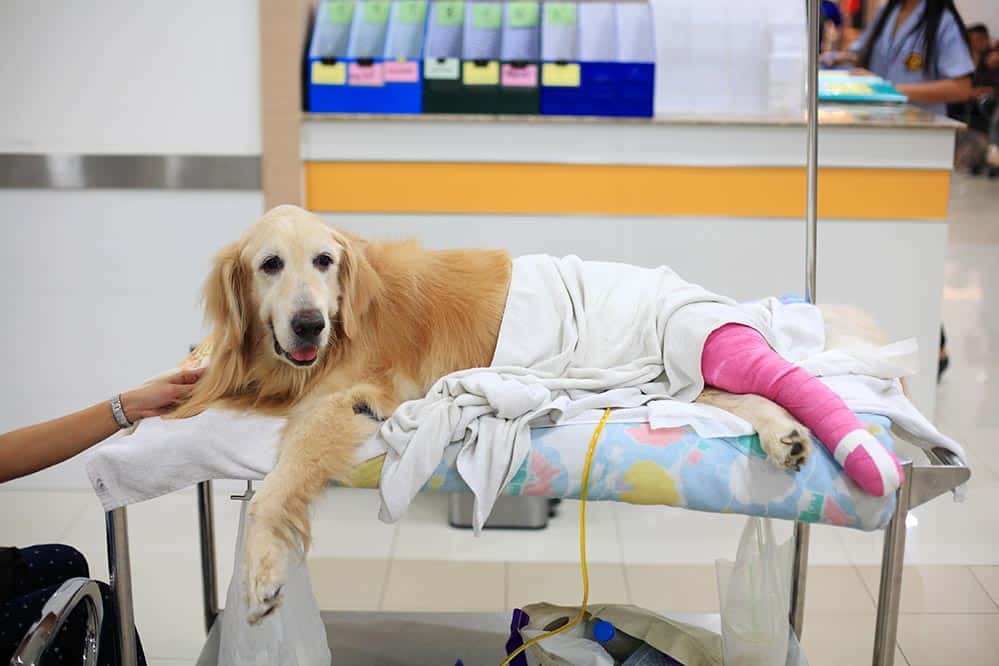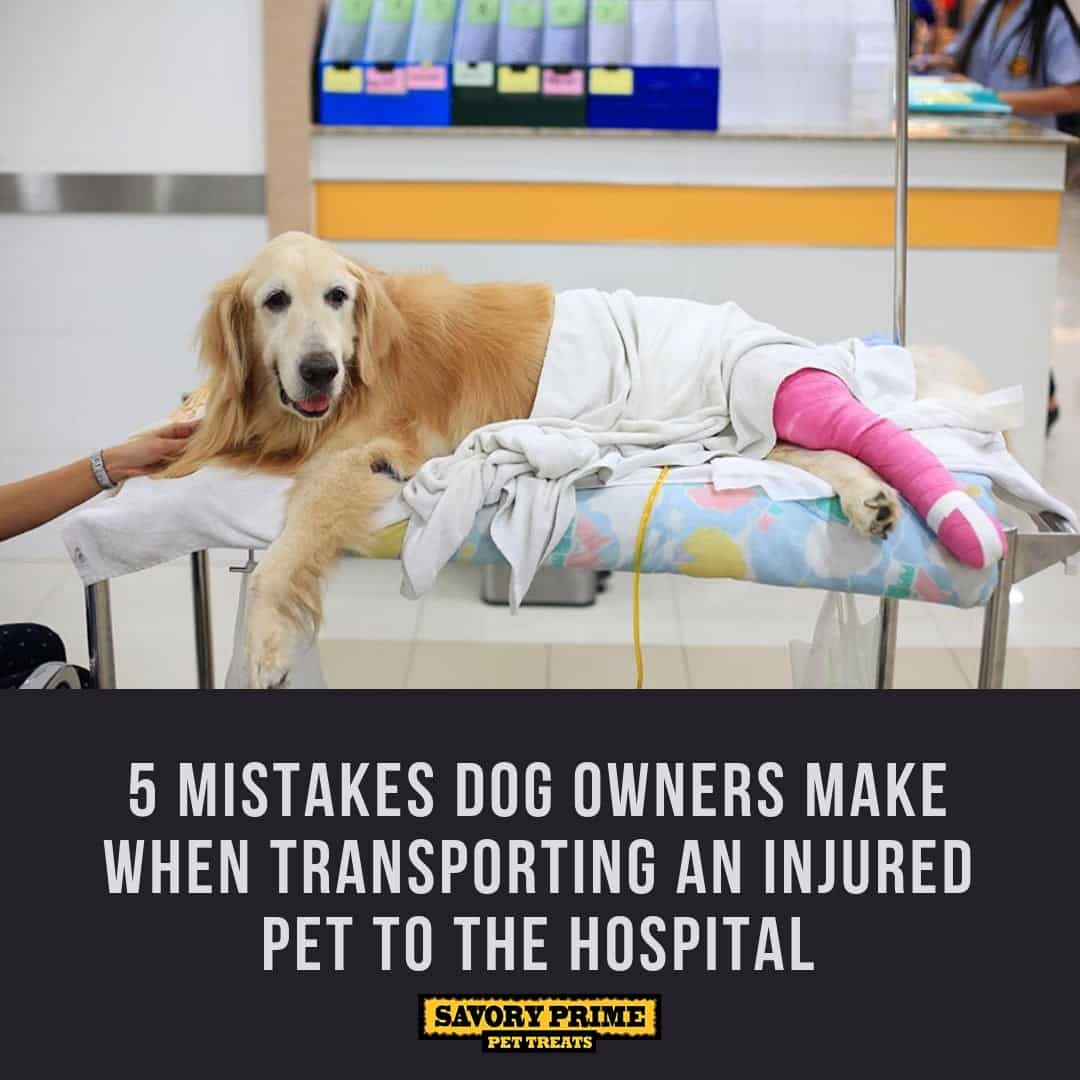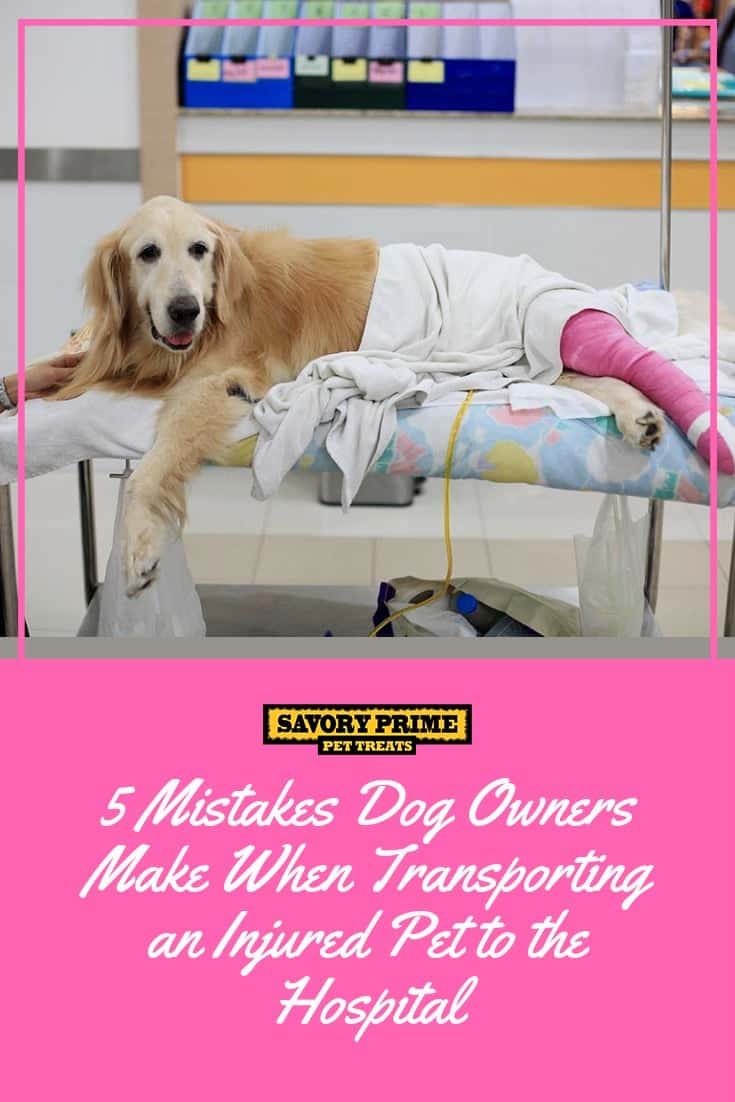5. Arriving Unannounced
Time is of the essence when it comes to serious injuries. Call ahead to the veterinary hospital to let someone know you are coming, as well as the state of your dog’s injuries. This ensures that a veterinary team member will be available to meet you with a stretcher or any necessary equipment to make transporting your dog from the car to the hospital safer.





